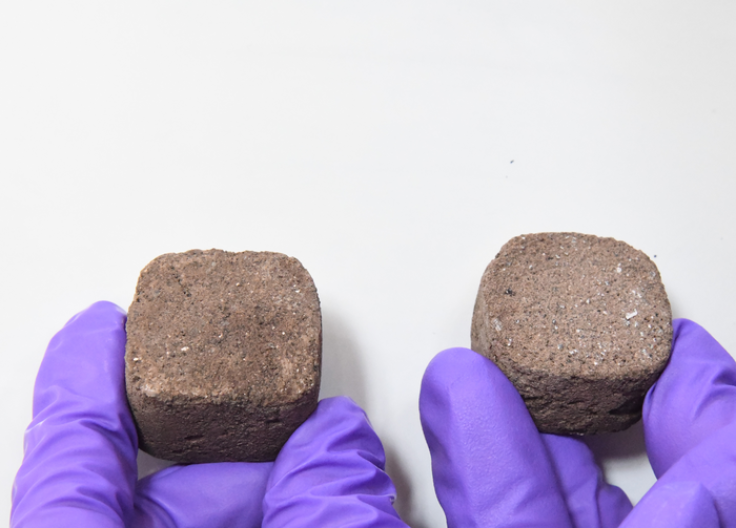Have you ever thought of what life would be like for the first humans to live on Mars? You probably thought of them living in futuristic homes or mad-made bubbles where plants can grow.
However, what if we tell you that those homes could be made of bacteria instead of some futuristic plausible material?
That's right. Scientists working with the Indian Space Research Organization (ISRO) recently announced that bacteria-based bricks, or bacteria bricks, could put together a few Martian homes.
The findings of the study, which was authored by Rashmi Dikshit, Nitin Gupta, Arjun Dey, Koushik Viswanathan, and Aloke Kumar, were published last week and could be found in the journal PLoS ONE, per CNET.
Bacteria-Based 'Space Bricks' Details

According to the study's findings, a moldable slurry made from combining Martian soil with a gel-like material known as guar gum, urea, nickel chloride, and a bacteria strain called Sporosarcina Pasteurii can be used to build not only the first Martian homes but also the first lunar buildings.
To prove using such a slurry is possible, the scientists used soil that is nearly similar to actual Martian soil to simulate it (or Martian soil simulant or MSS) and Microbial Induced Calcite Precipitation (MICP) to form bricks as big as ice cubes.
The MICP is the combination of the other ingredients needed but without the Martian soil or its simulant.
Combining the two materials created a cement-like mixture that held the MSS together strongly, with the nickel chloride providing what the bacteria needs to grow and thrive despite the high iron content of Martian soil.
This cement-like mixture could then be formed into bricks, which the team livingly called "space bricks."
Another benefit of the resulting material is that the bacteria reduced the porousness or porosity of the Martian soil. Basically, the bacteria made the Martian soil more solid than it once was, overcoming a major obstacle to developing bricks on Mars.
According to Aloke Kumar, the bacteria was able to go into the MSS' pores and used their own proteins to bind its particles together, decreasing the soil's porousness while creating stronger bricks, per Eureka Alert!
Kumar, an Associate Professor in the Department of Mechanical Engineering at the Indian Institute of Science (IISc), is part of the team that created these space bricks.
Are Lunar Bricks Possible?
Kumar and his team were able to create bricks made from material simulating Lunar soil using the same method they used to create Martian space bricks, per the IISc. However, it took some trial-and-error to get to the method most effective for creating breaks.
They previously used a method that was able to produce cylindrical bricks, but it was later found it was unable to make bricks necessary for construction.
With the current method, Kumar and his team were able to produce bricks of complex shapes, which is beneficial as it completely circumvents the need for specialized molds, which is a common problem when trying to make a variety of shapes by casting.
Related Article : NASA Reschedules Mars Sample Return Campaign — Why the Delay?









